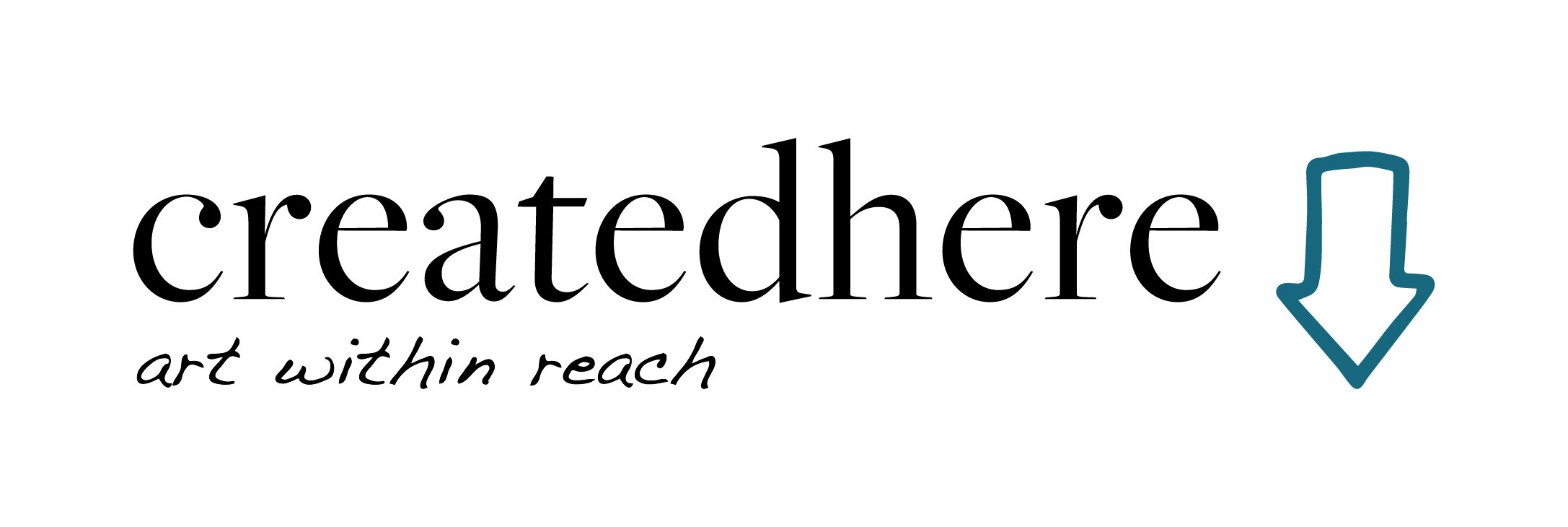Studio visit: aboriginal artist Samaqani Cocahq
Samaqani Cocahq (Natalie Sappier) is a visual artists based in Fredericton, rooted in Tobique First Nation, her hometown. Her pride for her culture permeates her work and her life. She is passionate about sharing her Maliseet culture with the world, and celebrating it within her own community. Samaqani uses paint, multi-media and textiles to tell the stories of her people, keeping the old stories alive and learning to tell new stories. As the Aboriginal Outreach Officer for ArtsNB she is able to mentor and encourage aboriginal artists in their journeys, having walked it herself. This girl is well-placed to be a strong voice for her people and community, and she already doing it, through her art, job and life. You go girl!
It was a privilege to guest host the episode of the Studio Tour featuring Samaqani and Cyril Sacobie with Matt Brown. Here are some highlights from the interview, you’ll just have to watch the episode to hear the rest!
How did you get started with art?
I went to the craft school to have fun and experience whatever I could. I think because I didn’t have high expectations of myself, I was able to let loose. I started painting for the first time, and instantly I knew I would do this for the rest of my life.
What is one of your biggest challenges as an artist in NB?
The business of art. I and so many artists put so much of their heart into their work, and it’s a real struggle. I experienced this when I was working so so hard, but why was my bank account so so low? Come on, I deserve vacation too! I realized I need to learn the business side. When I found out about the grad program at the craft school, I decided to take it. I dedicated a whole year to developing my career. Best move I made!
Why Fredericton?
I missed being in the city where there were artists, galleries and events, the college, the teachers were amazing and are now friends. What kept me here was the river, I’m very connected to the river. I’m constantly inspired my First Nations communities, St Mary’s, Oromocto. It’s amazing to know that I can just cross the river and hear my language, hear my songs or talk to an elder who can share wonderful stories. My family at home are my biggest inspiration, but this feels like home too.
You work at ArtsNB as well. Can you tell me about your work there and why it is important to you?
I’m the Aboriginal Outreach Officer, I’ve been working there for two years. I do a lot of mentorship with the aboriginal artists here in the province. I share the opportunities that are available, to help them get out there and push themselves as artists. I’m there for support for them, if they have any questions, if I don’t have the answer then I’ll help them find it. Making a career in the arts isn’t easy and it’s important to have a mentor that you can go to. I also share about the importance of our art, I walk and breathe it. I share how important it is for our culture and our language. For us it’s survival.
How does your work connect with your culture?
Art is a very spiritual thing, whether people say they’re spiritual or not, for us it is very spiritual. I like to share our stories with those who don’t know why we do what we do. I talk about the symbols, the animals and their meanings. With all these issues going on, No Fracking, etc. people ask me, Natalie, why don’t you protest? I protest every day. I paint about the trees, I paint about the water, about the bears and the eagles.I hope that our stories will invite people to come fight with us, come protect this land. Our fight is not just for us, it’s for everyone.
What are you most proud of?
Early on I realized that there was a lot of beautiful aboriginal work in people’s homes, but they weren’t our stories. They weren’t the Woolastook people, the Maliseet, Micmaq, Passamaquoddy family, they were Aboriginals from elsewhere like the West Coast or Navajo. So when I started painting, it was my goal to have a painting in every home in my community. Now, in most homes they’ll have a piece of my work, or a t-shirt or tattoo that I designed. I love it. It’s the most powerful thing. I’m also really proud that people recognize my work, they know it’s me without looking at the signature. It takes time to get there.
One thing that is really important is our language, Maliseet, Woolastook, it’s getting lost. I voice this a lot. People ask me why are you talking about this? Language is my identity. If I lose my language I lose my identity. When I hear my language that’s how I hear my stories. So I keep saying, help me save my language. We are going to lose the Maliseet language and we need help.
